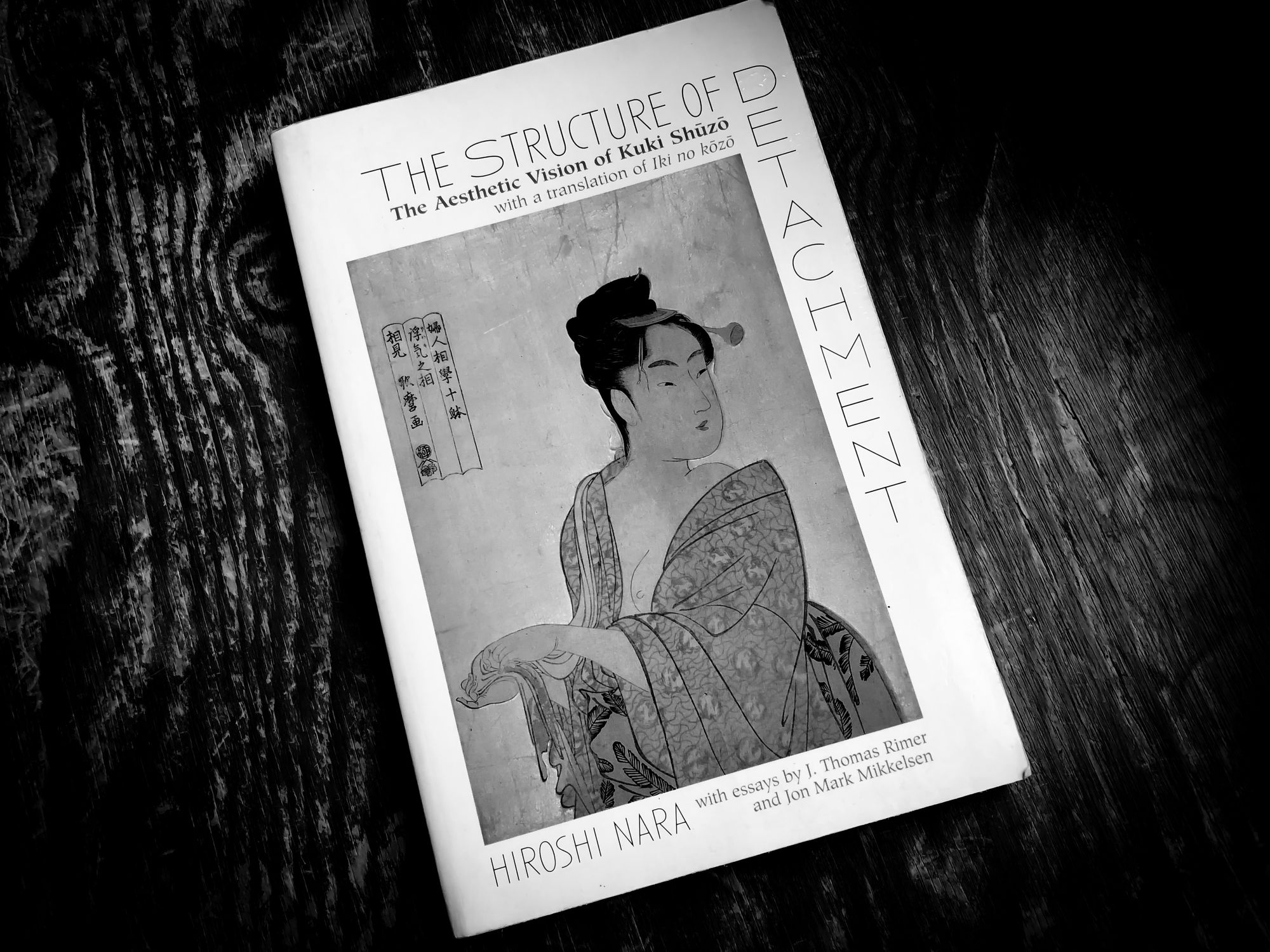Structure of Style

In order to provide some context to my perspective, preconceived notions, preferences and, yes, prejudices that may lie behind and under my missives, you should know that I am originally from Yokohama, Japan, later spent my youth in Tokyo, and then as an adult, lived in the US and Europe. My primary and secondary education rendered me a third culture kid in my native country, which is to say, my cultural foundation doesn’t fit in a tidy box. Things got even messier after living, working, and raising a child with a European, in a few other countries thereafter. Nonetheless, there is an undeniable streak of Japanese sensitivity and sensibility in me. After all, I was raised in Japan by Japanese parents even though I was schooled with foreigners from almost 60 countries. The way I view style is partly based on how I see the world as a Japanese and partly on how I see things Japanese as a foreigner.
It's never straightforward to distinguish between what’s nature and what’s nurture, but having been very close to my maternal grandfather who belonged to the artisan class, seeing him practise his craft, I always had a fascination with what a pair of hands can do, especially after years, even decades, of being a practitioner, after thousands, perhaps millions, of repetition, refinement, temperamental dances with the raw materials, the mindset or mood on that particular day, all the reasons why he came to do the various steps the way he did, and finally, acceptance of approaching but never achieving perfection and to a different degree each time.
I think it’s fair to say that craft is a tangible manifestation of lived experience.

Despite having developed a particular interest in aesthetics / philosophy of art at university, I only came to read the Japanese philosopher Shuzo Kuki’s Iki No Kozo (Structure of Detachment) much later in life. I found much of the substance to be very familiar – I kept nodding my head as I read it – even if I thought that some details were mere distractions, such as his discussion about stripes. This was not surprising because Kuki’s work is based on Japanese aesthetics, and it helped that he put some structure – no pun intended – to the concept even if it may not be flawless.